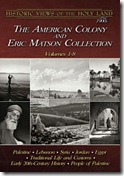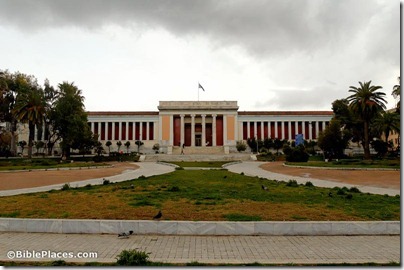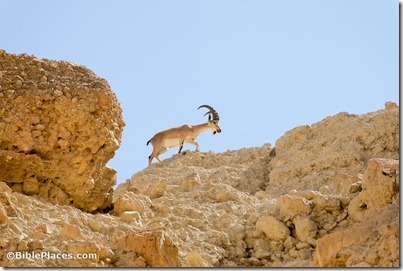According to the schedule here, excavations this summer have already concluded at Qumran, Tel Achziv, Tell Jalul, Abel Beth Maacah, Tel Megiddo East, Khirbet el-Maqatir (Ai?), and Gezer. We noted the Gezer water system discovery yesterday and you can view other videos at their Youtube channel. Excavations at Khirbet el-Maqatir revealed the third arch in the Byzantine church, dozens of coins from the first-century house, and houses from the time of the Judges.
Excavations are currently underway at Hurvat Eres, Omrit, Shikhin/Asochis, Ashkelon, Tel Burna, and Abila. The crew at Tel Burna has posted about Day 1, Day 2, and the first week, having already found a collection of flint tools, an amulet of Bes, and a scarab of Thutmose III. The Ashkelon blog is alive as well, describing workshops, walking tours, discoveries, photos, and more. Omrit has an Official Student Blog, and you also might want to take a look at the beautiful 18-page park brochure for the site.
Excavations begin next week at Megiddo, Bethsaida, and Tel Dan, with half a dozen others beginning on June 24. If you know of any online reports of these or other excavations, please let us know.
We’ll try to have a roundup of the week’s other stories here tomorrow.


